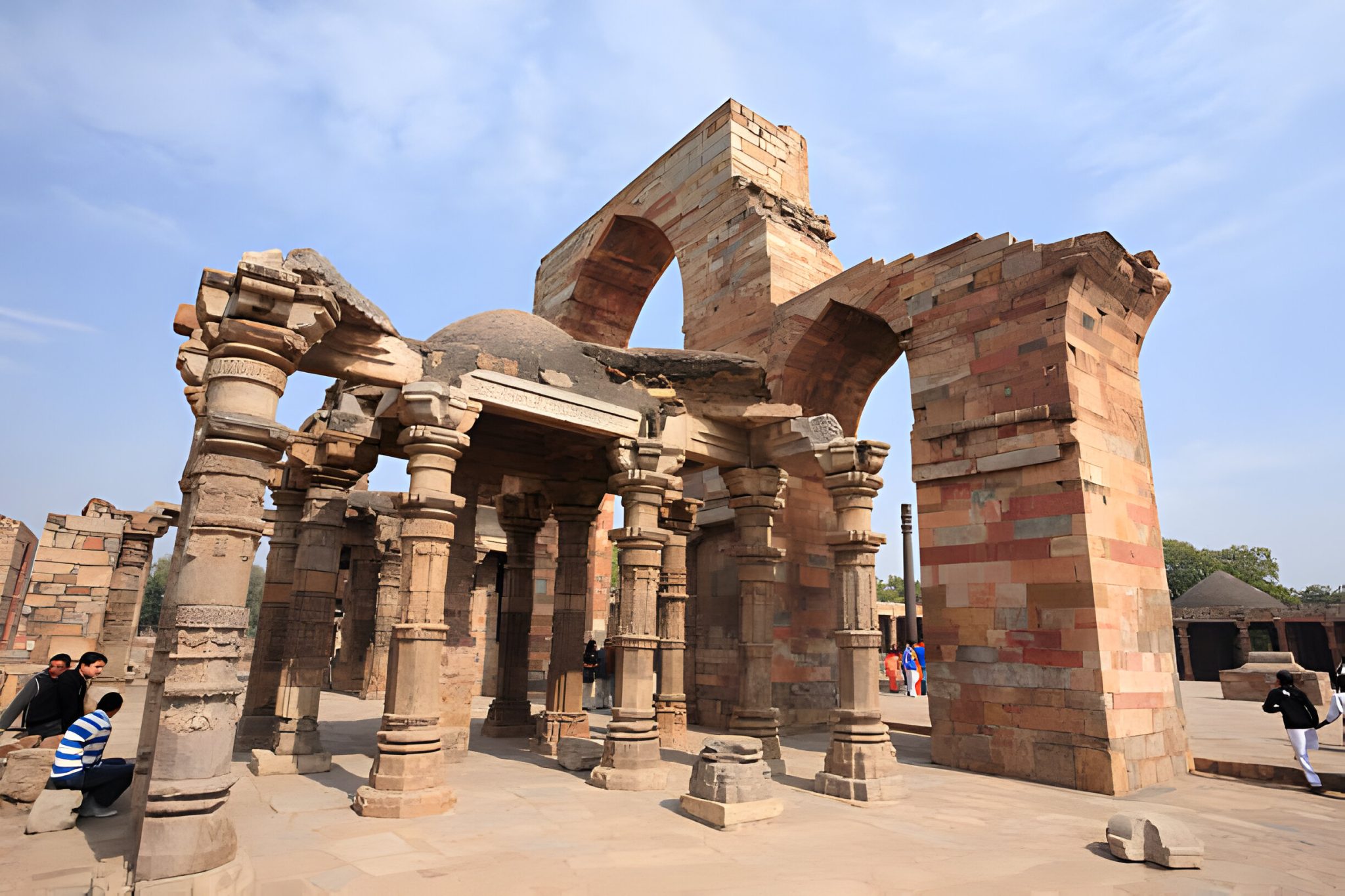In the rich tapestry of Indian mythology and art, their place is significant and fascinating, which mythical creatures occupy. Of these wonderful beings, the Purusha-mriga stands out as a unique blend of mythological symbolism and cultural reverence. It is in this mythical beast, alongside other legendary creatures, that one finds an integral part of India’s ancient narrative traditions, reflecting the depth of human imagination and the ways in which myth intercepts reality.
Purusha-mriga is generally depicted as a mixed creature, half-human and half-animal. While “Purusha” itself literally means “man” or “person,” “mriga” means “beast” or “animal.” The compound term thus refers to a creature that goes beyond the conventional limits of nature, combining the characteristics of humans with those of wild, untamed animals. Literature and sculpture describe the Purusha-mriga as representing the bridge between humanity and nature through its animal body and human face or facial features.
The origin of the Purusha-mriga is found in ancient Hindu and Jain scriptures and texts. In Vedic literature, it has the underlying meaning of expressing a complex interplay between the divine and earthly in the form of this fantastic creature. They are not just fanciful creations but carry deeper symbolic meanings, reflecting the values, fears, and aspirations of the cultures that envisioned them.
In most cases, the Purusha-mriga is much more than a symbolic one; it usually symbolizes duality in existence. This mythical animal shows or signifies dual nature—human and beast, civilized and wild—although it signals a taut balance between two opposite polarities. It is illustrative of the incessant tug-of-war between our lower and higher natures and is an entreaty towards peace between these constituencies of our nature.
Like the Purusha-mriga, these fantastic beasts of Indian mythology all carry deep symbolism. The Garuda is the divine eagle-like creature of Hindu and Buddhist mythology. Garuda had extraordinary strength and velocity and is usually represented as the mount or vehicle of Lord Vishnu, one of the three principal gods in Hinduism. Garuda has been revered as a symbol of divine power and protection, of the victory of good over evil, and of the emancipation of the soul from bondage to matter.
One more such mythical creature is the Naga, a serpent-like being with a place of centrality in Hindu and Buddhist mythology. Quite a few times, Nagas are associated with bodies of water and fertility, standing for that which is unknown and mysterious in nature. They are considered guardians of treasures with the power to bless and curse, reflecting their dual nature in existence. The role of the Naga in mythology points to basic reverence for nature and belief in powerful, unseen forces.
Another mythic class of beings is that of the Rakshasas, generally represented as evil spirits or demons. Unlike the Purusha-mriga, which was a mix of the human and the animal, the Rakshasas are shown to have grotesque appearances with supernatural powers. They represent the forces of chaos and disruption in the world, standing in balance with the more benevolent gods. Their stories usually teach moral and ethical lessons, portraying the victory of good over evil.
Added to this lot of beings is the Indian mythological landscape, replete with other creatures like Kinnaras, the celestial musicians with human and animal features, and Yaksas, nature spirits associated with fertility and prosperity. Every one of these beings does its due role, as assigned by the mythological narratives of India, weaving a rich and diversified tapestry.
It is in this sense that the representation of such fantastic beasts in art and literature reflects not only cultural values and beliefs but also provides a means to fathom and understand complex concepts through these very creations. In a way, these creatures seem to embody the struggle between the known and unknown, divine and mortal, and provide a way for negotiating the complexities of human experience.
Furthermore, it is in portrayals of such mythic creatures as Purusha-mriga and others that ancient texts and artworks carry evidence regarding the historical and cultural contexts in which they were created. Through the study of representations, we gain insight into the artistic and imaginative abilities realized within ancient civilizations. The merger of human and animal forms within these creatures testifies to the way in which mythology acts as a mirror to the human condition, showing our deepest fears, brightest hopes, and highest aspirations.
Interest in mythic creatures has hardly waned in the present era, as they inspire at the moment new redactions in literature, cinema, and popular culture. The Purusha-mriga and all his brethren remain lasting testaments to the power of myth and imagination, proving that the attraction to fantastic beings knows no bounds across time and culture.
The fantastic creatures in Indian mythology, such as the Purusha-mriga, themselves testifying to how richly ancient narrative traditions actually could be, prove very interesting. Such creatures point to something pertaining to the values, fears, and aspirations that societies have made of them through their complex symbolism and cultural significance. This exploration of mythical beings gives a better understanding of how mythology intersects with reality and the diachronic power of imagination.







